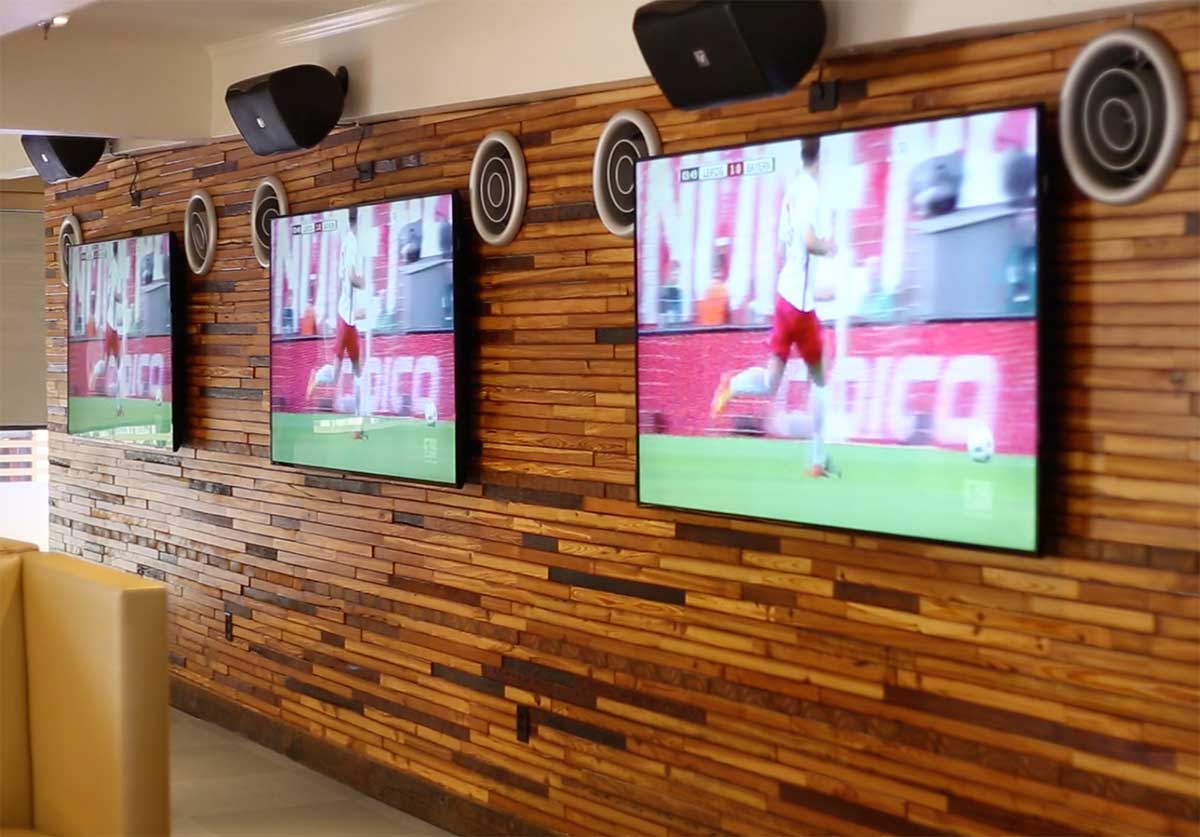While configuring audio-visual systems, the criticality of cabling and connectivity cannot be overstated. Proper infrastructure does more than just ensures that sound and image quality are maintained but also guarantees the reliability of the entire system. In any AV arrangement, whether for a school, office, or residential cinema, optimizing the wiring can lead to enhanced performance and fewer technical issues. This guide will outline key strategies for improving cable management and connectivity in AV solutions.
The initial step in optimizing media setups is to choose the correct cables for the job. Different types of cables perform various purposes, so identifying reliable ones is crucial. For example, HDMI cables are widely used for transmitting high-definition video and acoustic signals. In opposition, balanced audio cables like XLR can eliminate signal noise in sound systems. It is important to evaluate the span and quality of these cables, as longer cables can cause signal loss. By investing in professional-grade cables that suit the specific needs of the AV setup, users can dramatically boost system-wide performance.

Another key strategy is managing the wiring strategically. A well-organized wiring system not only seems neater but also improves functionality. Using cable management accessories like clips, ties, or sleeves can assist keep wires organized and eliminate tangling. This organization also makes it simpler to resolve any issues that may arise. Labeling each cable according to its function or origin can minimize time during setups or maintenance. A well-labeled layout helps technicians quickly locate connections, which is especially valuable in complex systems with numerous devices.
Additionally, assessing the configuration of the space is crucial for improving connectivity. The placement of devices can affect how signals travel through cables. Positioning devices too far apart may call for longer cables or signal boosters, which can be costly and reduce quality. It is beneficial to design the layout of equipment thoughtfully, taking into account the distance between devices and potential obstacles such as walls or furniture. This intentional placement can limit issues related to signal loss and improve connectivity throughout the AV system.
Scheduled performance audits are another key strategy for ensuring maximum operation of AV infrastructure and connectivity. Over time, cables may become frayed due to handling or deterioration. Regularly inspecting all connections helps identify potential problems before they worsen into major issues. Upgrading worn-out cables and servicing connectors can maintain signal quality and ensure the system operates smoothly. Using a log for periodic maintenance can help users oversee this aspect of Go Here their AV systems.
Finally, staying informed about new developments and protocols is essential for anyone managing AV systems. The field is constantly advancing with improvements in technology that can elevate performance and efficiency. Participating in seminars, following industry publications, or becoming a member of professional groups can offer insightful knowledge into industry standards and up-to-date technologies currently offered. By leveraging these innovations and premium commercial audio visual products adapting them to existing systems, users can enhance their AV setups continuously while guaranteeing they remain in line with industry progress.
In closing, enhancing infrastructure and AV performance in AV setups entails thoughtful use of cables, intentional organization, thoughtful space layout planning, regular maintenance checks, and staying updated on emerging technologies. By implementing these strategies, users can achieve better performance and reliability in their audio-visual setups, ultimately leading to a more satisfying experience for everyone participating.